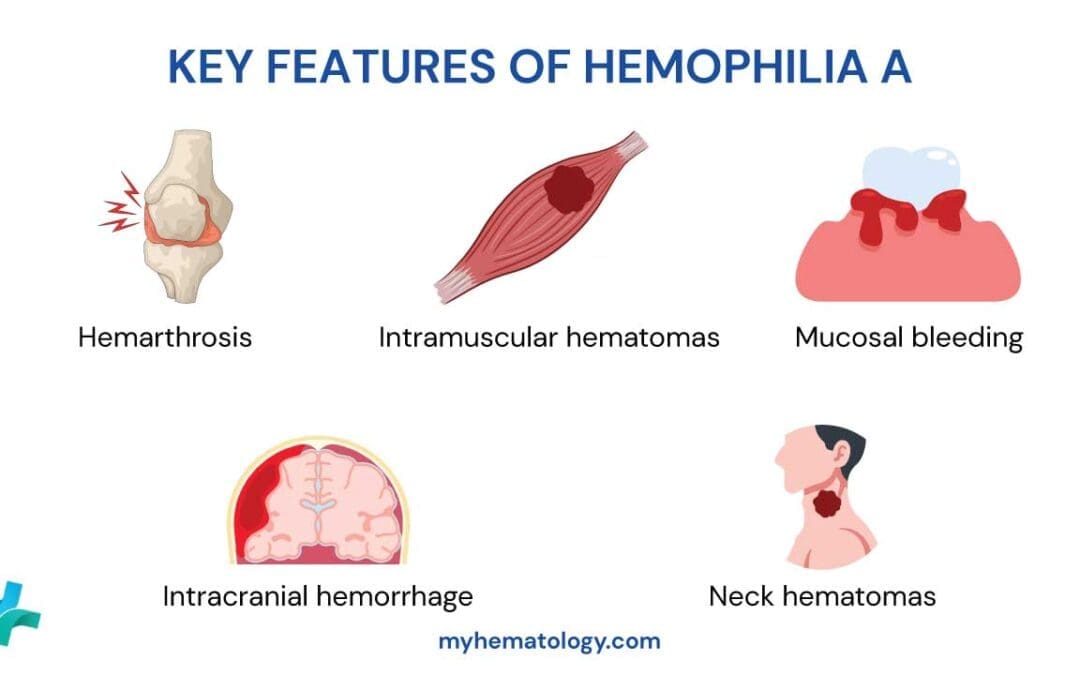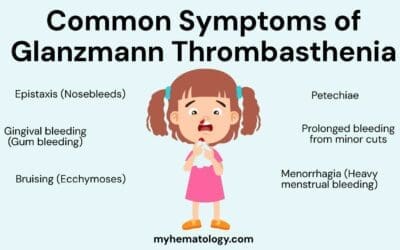Hemophilia A is an X-linked bleeding disorder from a Factor VIII deficiency. It causes deep joint bleeds and is managed by FVIII replacement or gene therapy.
Factor V Leiden Thrombophilia
An inherited blood clotting disorder, Factor V Leiden increases your risk of developing dangerous clots like DVT and PE.
Coagulation Screening Panel Interpretation (Coagulation Panel)
A coagulation screening panel is a vital diagnostic tool. It assesses blood clotting (hemostasis) via PT, aPTT, & platelet count, revealing bleeding or clotting risks.

Hemophilia A
Hemophilia A is an X-linked bleeding disorder from a Factor VIII deficiency. It causes deep joint bleeds and is managed by FVIII replacement or gene therapy.

Factor V Leiden Thrombophilia
An inherited blood clotting disorder, Factor V Leiden increases your risk of developing dangerous clots like DVT and PE.

Bernard-Soulier Syndrome
Bernard-Soulier Syndrome (BSS) is a rare inherited bleeding disorder characterized by enlarged platelets, low platelet count, and defective platelet function, often presenting in infancy or early childhood.
Glanzmann Thrombasthenia
Glanzmann thrombasthenia (GT) is a rare genetic bleeding disorder. Defective platelet aggregation leads to mucocutaneous bleeding. Diagnosis involves specialized lab tests.
Bernard-Soulier Syndrome
Bernard-Soulier Syndrome (BSS) is a rare inherited bleeding disorder characterized by enlarged platelets, low platelet count, and defective platelet function, often presenting in infancy or early childhood.
Understanding Hematoma
A hematoma is a collection of blood outside vessels, often from injury. Symptoms include pain, swelling, and bruising. Diagnosis involves exams and imaging.
Purpura
Purpura: Purple skin spots from bleeding. Learn about causes (low platelets, vessels), and symptoms.
Petechiae
Petechiae: tiny red or purple spots on skin. Often harmless, but can signal underlying issues.
Ecchymoses
Ecchymoses, or bruises, are skin discolorations from blood leakage. Causes range from minor injury to underlying medical issues. Understanding them is key.






